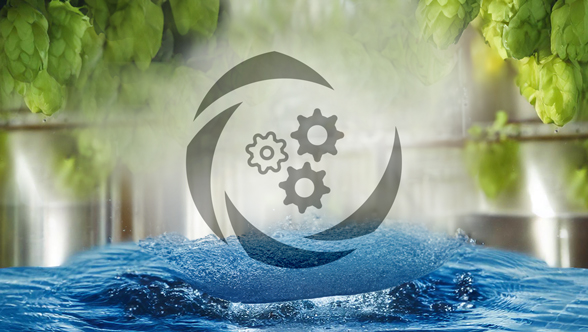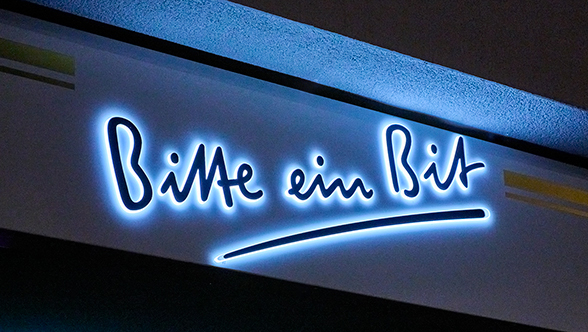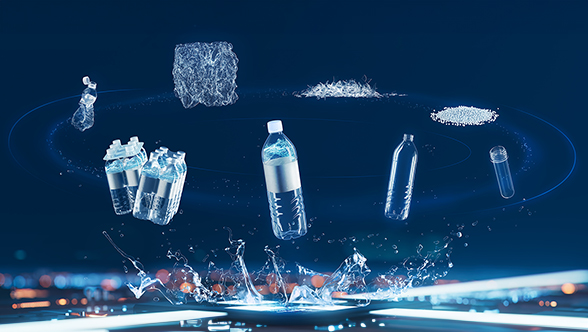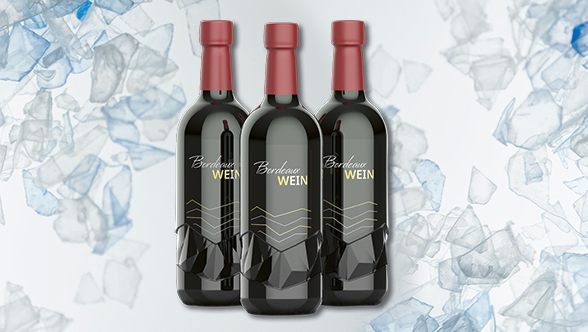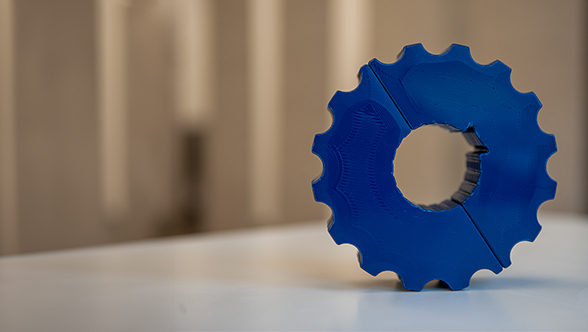Looking back for a moment, we recall that the tethered caps directive was largely a response to the amount of waste being washed up on Europe’s beaches. In 2016, in a random sample of cleanups at 276 segments of beach in 17 EU member states, 355,671 pieces of garbage were picked up and categorized. The results showed that more than 80 percent of the objects found on the beaches were made of plastic. And around half of those were single-use items, including many loose caps from beverage containers.
The time has come: As of July 3, all PET bottles and beverage cartons in the EU must have a cap that remains attached after opening. The law has been the topic of much – and at times heated – debate since its inception. And now that it’s in effect, we’d like to know what impact it has had so far. As we find out, it has brought about a significant reduction in plastic waste – though not in the ways the law intended.
This got policymakers thinking: if caps remained attached to the containers after opening, they wouldn’t simply wind up as waste in the environment but would, instead, be properly disposed of along with the containers themselves – ideally, that would mean recycled. Of course, it’s still too early to say whether that is in fact the case. After all, the law only entered into force this week. What we can say with certainty is this: Many beverage companies have taken the new mandate as an opportunity to modify their beverage containers – not only adding the tethered caps but also giving the bottles themselves a shorter neck finish. As a result, they’ve made up for the additional material required to keep the caps attached. And, better still, they’re actually using less plastic now than they were before.
What a difference two millimeters make
The magic word here is “GME 30.40”. That’s the name of a neck finish that is being used on more and more soft drink containers since 2021. The new neck finish is two millimeters shorter than the PCO 1881, the industry standard until then, and weighs at least a gram less. The likewise shorter cap reduces the overall package weight by another 0.4 grams. That’s a total of roughly one and a half grams for every bottle. Though that may not sound like a lot, if you consider that the average line produces 40,000 containers per hour and runs 6,000 hours a year, the material savings certainly add up.
In the last three years, our Lifecycle Service has retrofitted 109 filling lines to handle bottles with the shorter neck finish. Most of these have been in Europe as a result of the tethered cap mandate. But even some customers in the Asia-Pacific region and in Africa have opted to switch over to the resource-saving variant. If we take all of these production lines together, that makes for savings of over 39,000 tons of plastic per year, which corresponds to about 100,000 tons of carbon emissions1. And that calculation doesn’t even include additional lightweighting measures that various customers have implemented on their bottles. Because neck finish and cap are by far not the only places where weight and material use can be reduced.
Of course, determining where and how a PET container can be slimmed down without jeopardizing functionality, feel and appearance is a very individual process. It’s best to consult directly with Krones design experts, who specialize in precisely this topic. And even if there isn’t the pressure of a legal mandate, it’s always worthwhile to take a look at where you are now and see what can be improved. Whether it’s on the bottle body or the neck finish, lightweighting is a one-time change that can yield lasting improvements in resource use plus cost savings.

